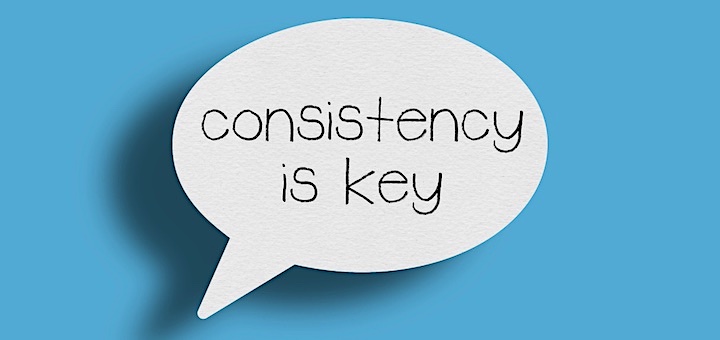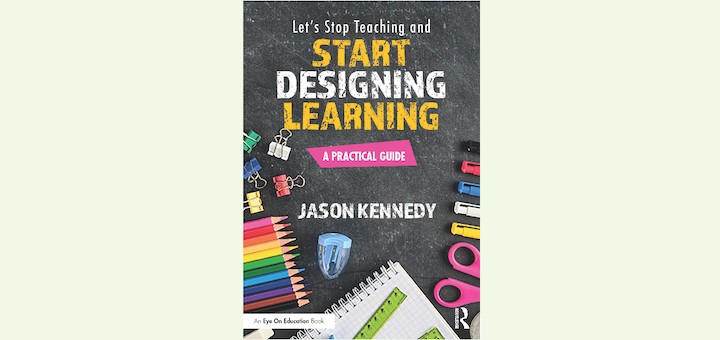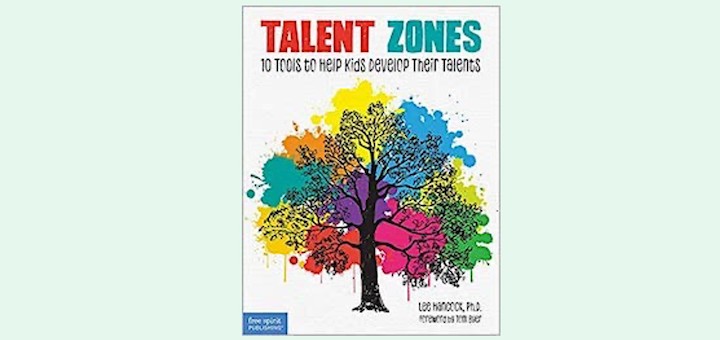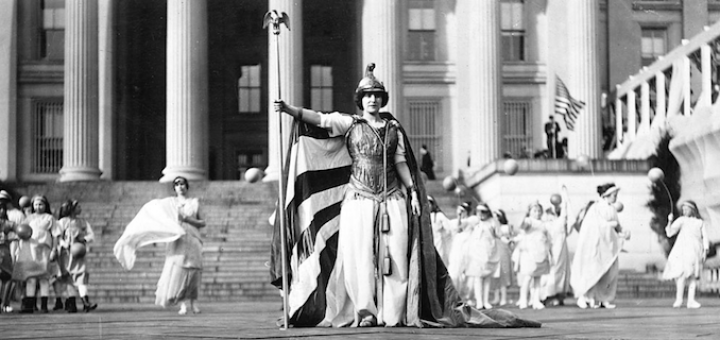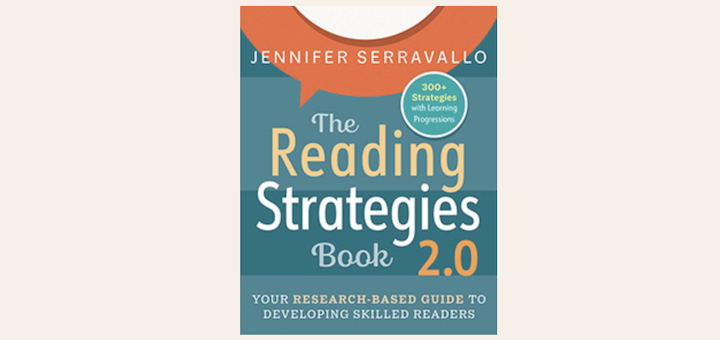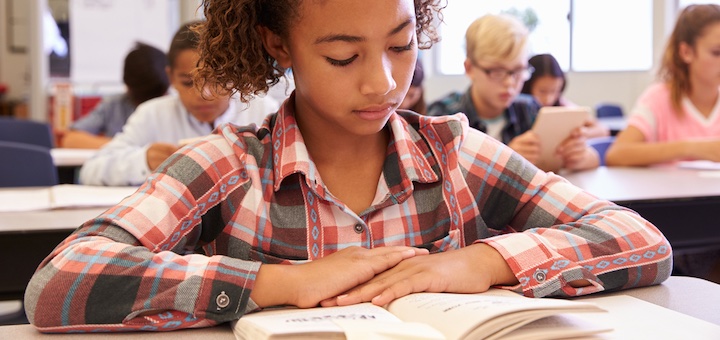Consistency: the Invisible Backbone of Teaching
Students need to know what to expect when they enter our classrooms, writes teacher Kelly Owens. Consistency on the front end paves the way for more student autonomy and engagement throughout the lesson. Three tips can help teachers achieve “the loyalty to learning we want!”

